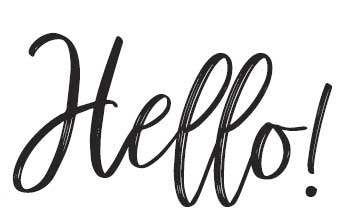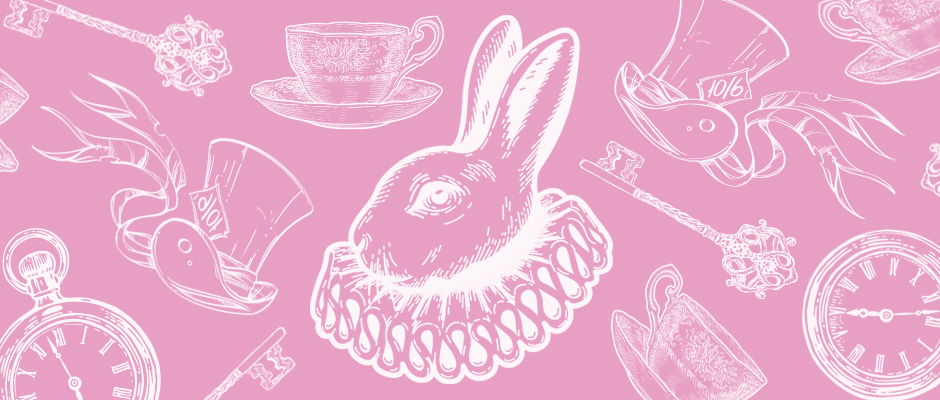
Since his first appearance in Lewis Carrol’s classic Alice’s Adventures In Wonderland, the March Hare has become a well-recognised and much loved literary figure. A wacky co-host of the tea party that Alice stumbles across, fond of nonsense, jokes, and puns, the March Hare is just one character that reflects the zany madness of Wonderland.
‘Mad as a March hare’ is a common English phrase, said to have been used since the 16th century and extremely popular during Carrol’s time. It comes from a popular belief about the seemingly odd behaviour of hares – including boxing at other hares and jumping vertically for apparently no reason – at the beginning of the British breeding season, which lasts from February to September and peaks in March.
Sir John Tenniel’s famous illustration in Carrol’s Wonderland shows the Hare with straw on his head, which was a common way to depict madness in Victorian times. Though we think about and understand the concept of madness differently now, the representation of the March Hare – as well as the other Wonderland inhabitants – reflect certain ideals and beliefs prevalent during Victorian times.
Since Carrol’s original story, the March Hare has appeared in numerous popular culture retellings and adaptations, such as Walt Disney’s 1951 animation and the subsequent 2010 live-action film, as well as two Japanese manga series, Alice In the Country Of Hearts and Pandora Hearts.
So, let’s butter our pocket watches, drink copious amounts of tea, and let our hare down this March and go a little mad with puzzling fun.
![]()


